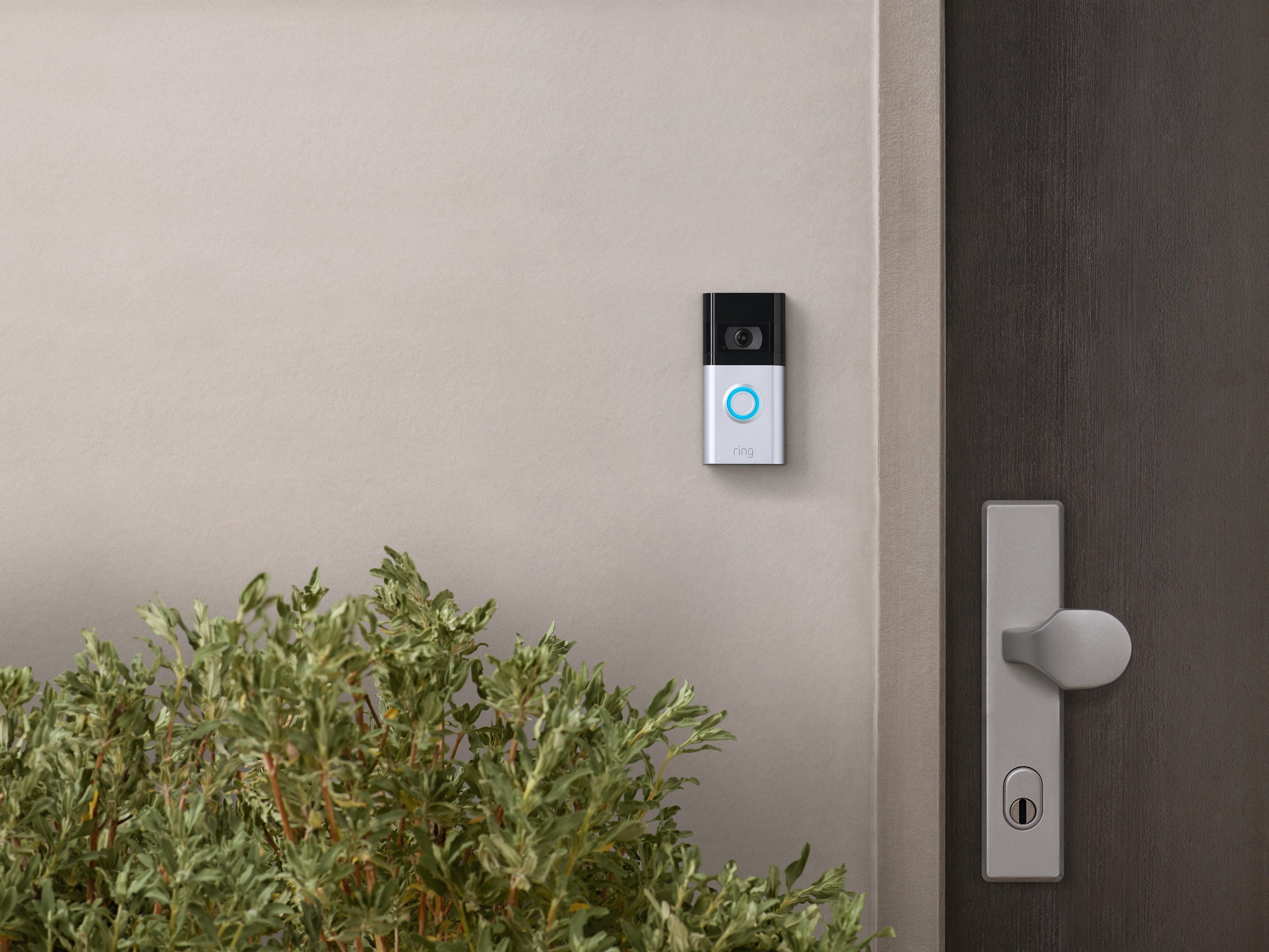Chime sound was key to company success, Ring smart doorbell creator says
Jamie Siminoff said getting the sound of Ring’s video doorbell chime right was vital to establishing the smart security firm’s brand.

Your support helps us to tell the story
From reproductive rights to climate change to Big Tech, The Independent is on the ground when the story is developing. Whether it's investigating the financials of Elon Musk's pro-Trump PAC or producing our latest documentary, 'The A Word', which shines a light on the American women fighting for reproductive rights, we know how important it is to parse out the facts from the messaging.
At such a critical moment in US history, we need reporters on the ground. Your donation allows us to keep sending journalists to speak to both sides of the story.
The Independent is trusted by Americans across the entire political spectrum. And unlike many other quality news outlets, we choose not to lock Americans out of our reporting and analysis with paywalls. We believe quality journalism should be available to everyone, paid for by those who can afford it.
Your support makes all the difference.The sound of the doorbell chime used by smart home firm Ring was the key thing to get right in order to make the company a success, founder Jamie Siminoff has said.
The Ring chief executive and chief inventor said the most successful companies long-term had built brands that often involved iconic or familiar sounds.
Mr Siminoff told the PA news agency that he had gone through dozens of variations of a doorbell chime before choosing the one now used by the firm’s video doorbells.
Founded as Doorbot in 2013, Ring has grown to become one of the biggest smart home security companies in the world and has expanded beyond doorbells to security cameras and other products.
In 2018, the company was acquired by Amazon for a figure reported to be more than a billion dollars.
“If you look at the best companies that have protected their markets long term, yes technology is one thing and innovation is certainly part of it, but the brand is really so critical,” Mr Siminoff said.
If you can have a sound that people recognise it's something that long-term could be a real advantage in building a brand
“Brand is not just the name – it’s a hundred things together that really build it.
“Sound is one of those things. If you can have a sound that people recognise it’s something that long-term could be a real advantage in building a brand.”
He cites the boot-up sound heard when a user turns on one of Apple’s Mac computers as one inspiration, but said he didn’t want to reinvent the doorbell, just evolve it.
“What I wanted to do is elevate something that everyone knew what it was. For us, we wanted you to have the pre-awareness of what the product was, where it went and why you would need it,” he said.
“So it was important that we didn’t get so far from the doorbell. The sound was the same thing – I wanted it to be a different sound of a doorbell that was unique enough, but also that if you heard it, you’d be like, ‘that sounds like a doorbell’.”
“That’s what’s so interesting about sound, it’s that sound triggers, which is why it’s so important for brand.
“Sound is so important and valuable for brands because it has that open ability to connect to other pieces of information.”
He added that taking the unusual step of putting his own email address on boxes of products so customers could contact him directly had helped speed up development inside the firm.
“One of my biggest hacks was putting my email on the box – which is funny because everyone told me, at every stage, to take the email off the box,” he said.
“But getting the ground truth of problems that were happening in real-time meant that I was able to fix things faster, and therefore prevent the downstream impact of problems festering and getting bigger.”
Improving neighbourhood safety also remains a goal of the company, he said, describing how footage from Ring devices was not only used in criminal investigations but also to help find missing people and pets or as a reminder of family members who had since passed away.
Looking forward, he said he wanted the company to keep offering “better tech at lower prices” and look to reach more people.
“If I’m looking at our mission of making neighbourhoods safer and better, then we are currently at maybe 1% innovation in this area. There is a lot of things we can do,” he said.
“So in some ways we’re just getting started. I think everyone says that – it’s kind of a cliche – but our goal is not to build a large business, it’s to really make neighbourhoods better and we’ll probably never get there.
“It’s one of those infinite goals that I can somewhat tangibly see ways to help it along the way through anecdotes.
“It’s incredible also to have been able to lead an entire industry and change it because it was an old industry and the products were basically the same for a long time.
“And now everybody has to innovate. I think that’s good. I think competition is good.”